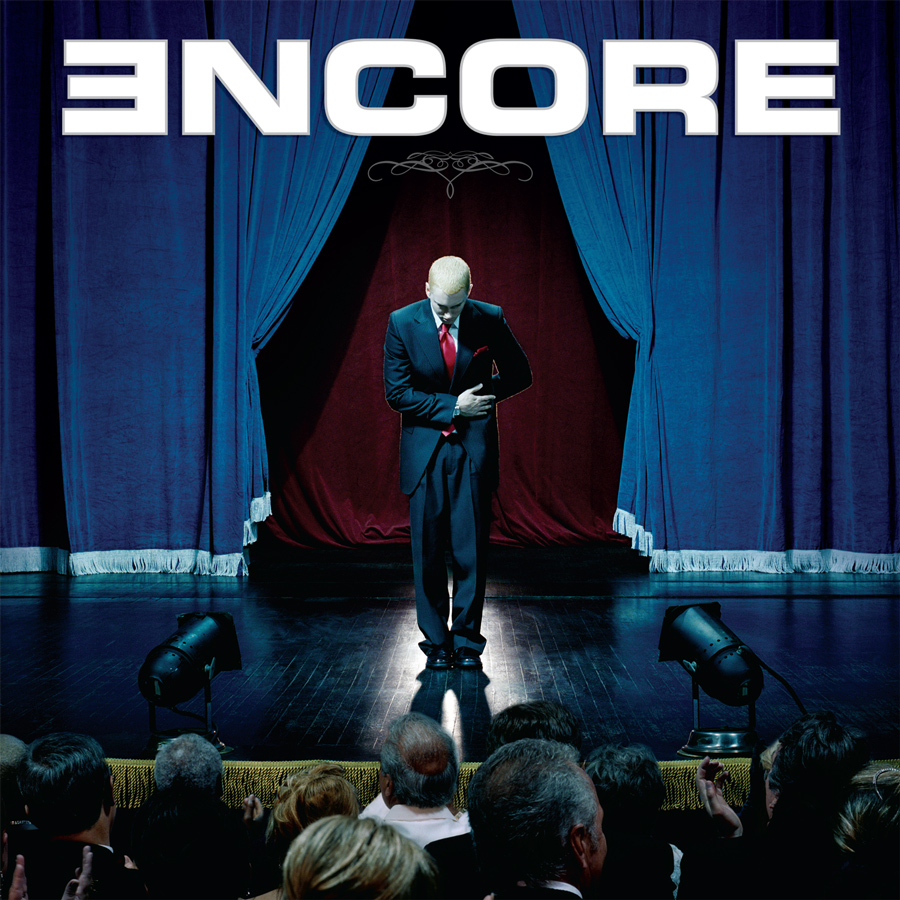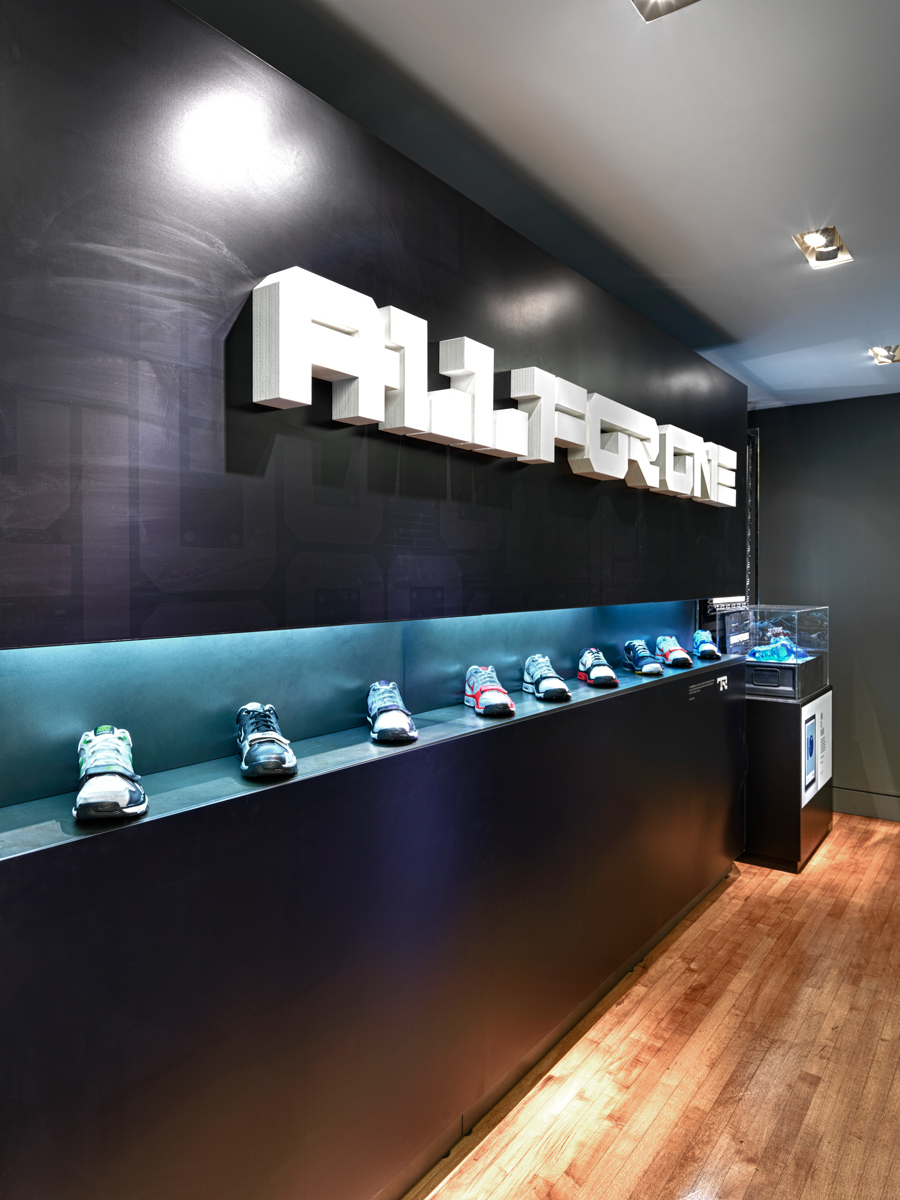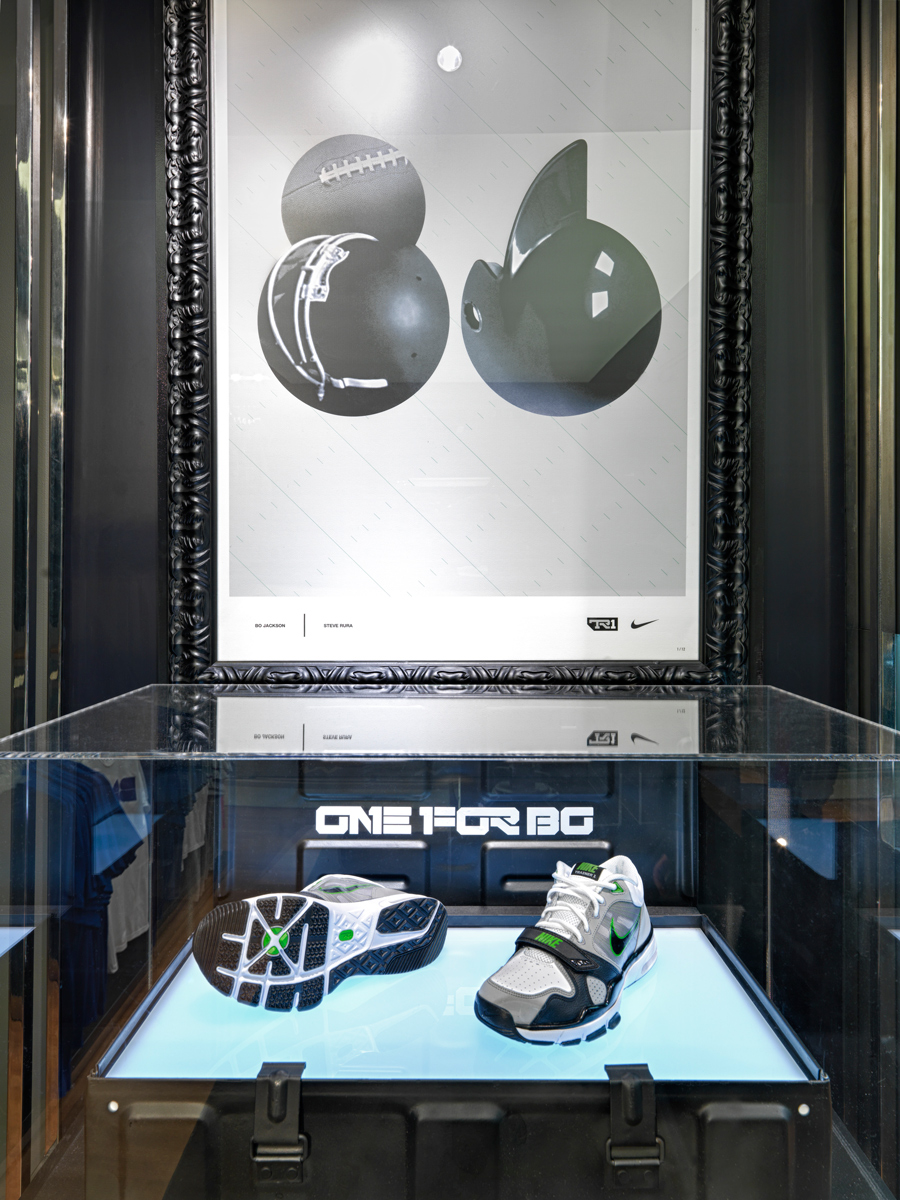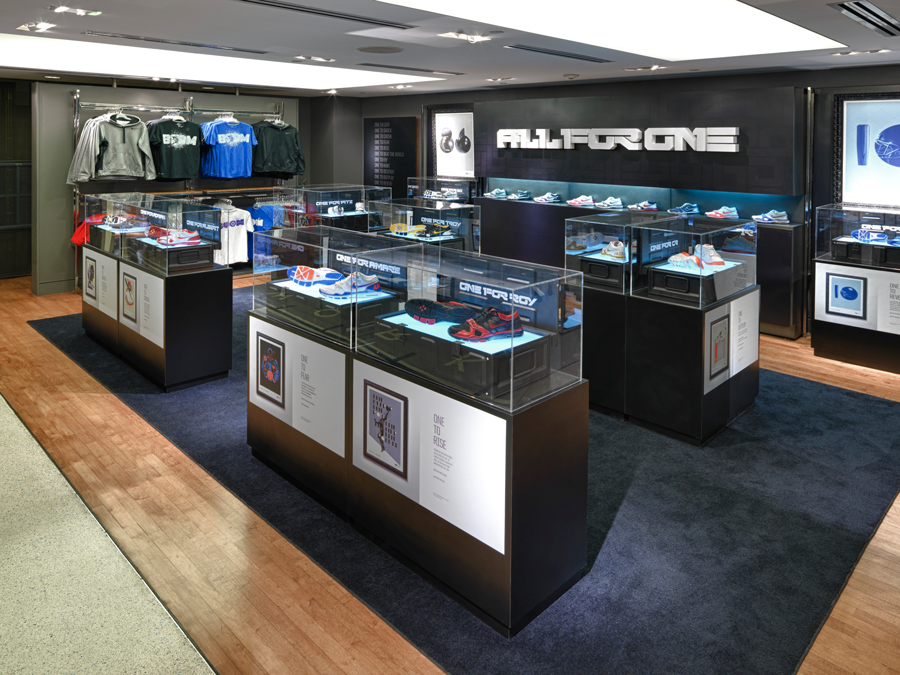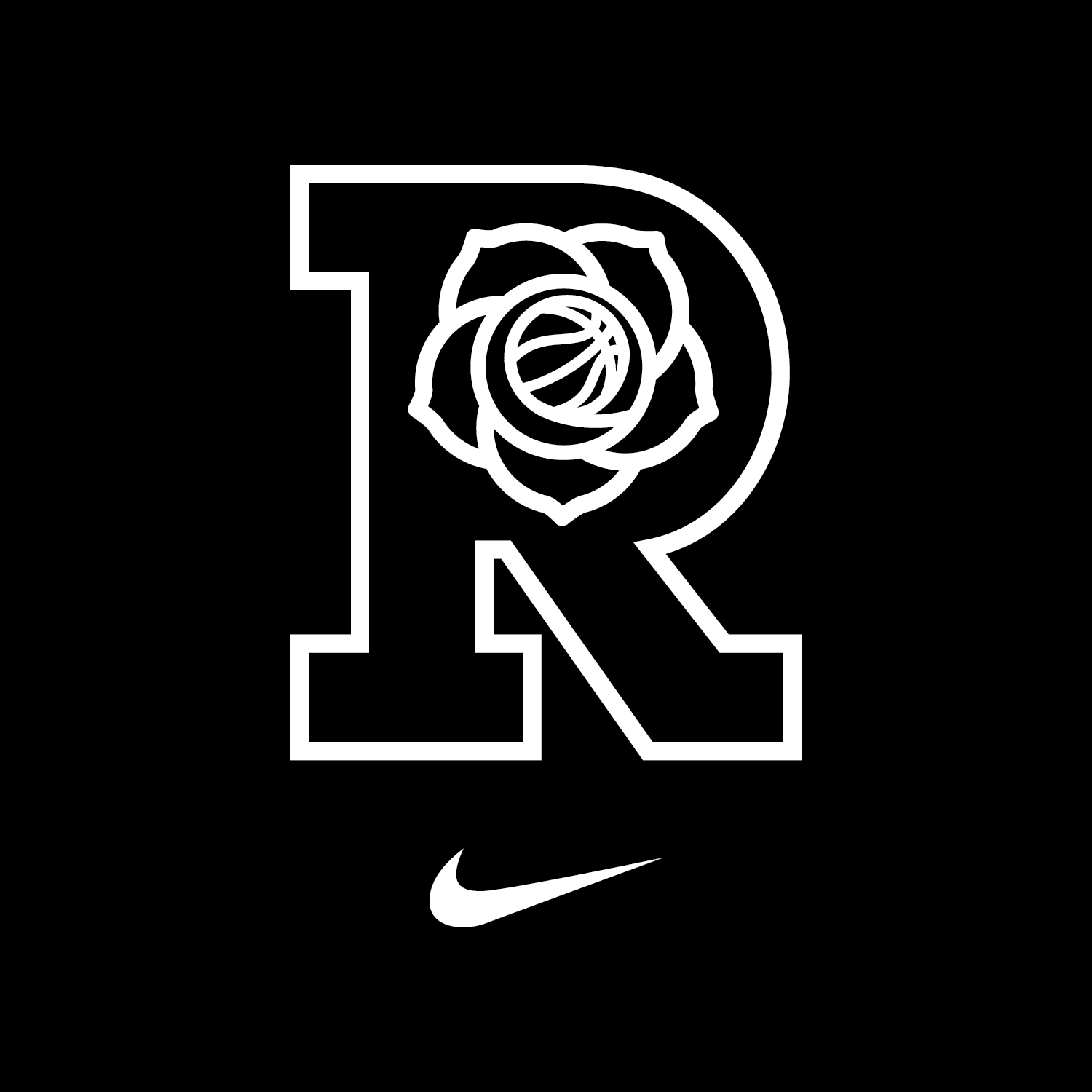WORDS: Yahdon Israel PHOTOGRAPHY: Julien Roubinet
One of the greatest gifts an artist can give to the world is their art. For more than 20 years, graphic designer Julian Alexander has done just that. He's created some of hip-hop's most iconic album covers; he's won a Grammy for the sublime art direction of Miles Davis's The Complete Jack Johnson Sessions; he's designed innovative retail spaces for Nike. The Bloomfield, Connecticut, native even used to charge little to nothing to cut the freshest designs in his friend's hair in high school. These things are only an extension of Julian's nuanced vocabulary as an artist.
To understand an artist's vocabulary, we must first learn their language. This is one of the reasons Julian founded Slang Inc. in 2001. Besides providing branding and design services for entertainment and lifestyle clients, Julian wanted a company that communicates to audiences in their own language. Conversation is an art; one Julian takes seriously. Expanding the way we think and communicate our ideas about art requires us to not only change the way we see, but to elevate it as well.
I met Julian at his home in Brooklyn where we spoke about his first make; what it felt like the first time he ever saw his work in a magazine; how he navigates social media; and why, no matter how high we are, we must always strive to go higher.
What was the first thing you remember making?
From kindergarten all the way through high school, I made paper planes. I’d look at someone else’s and ask, “why's yours better?” or "How do you get yours to fly like that?"
A good paper airplane is a mixture of design and function. For me it became about learning how to make them better. This is how I first explored design. I didn’t know this then. Now I realize that’s what it was.
What was the experience that got you into graphic design?
I had an art teacher who encouraged me to take art seriously. I wouldn’t draw things in the middle of the paper like everybody else in the room. To make things more interesting for myself, I might draw something in the bottom corner, half way off the page. My teacher saw that and said she thought I’d be good at graphic design and I was like, “What’s that?”
She offered to help me make a portfolio and that’s how I was introduced to graphic design. Once I got on this path, I decided to focus design related to music and that’s where my career started. Graphic design gave me a way to be close to something I cared very deeply about.
Why do you do what you do?
It makes me happy. The avenues that I found to express myself creatively just give me fulfillment. As a creative person, as a creative thinker, I’m approaching challenges in a way that is not altogether unfamiliar but I can still bring something new to it. No one’s going to come along and reinvent the wheel but there’s a lot of different ways to spin it. Whatever I come up with is unique to me. It relies on my skillset, my POV, my experiences and everything I bring to it.
And I found a way to make a living. That’s the beauty of it. I’ve always found enjoyment from what I do but I thought it would be a hobby.
What is the feeling when you see your work in the world?
I love it. It’s incredible because the stuff that I make, nobody has to hang it up. They put it up cause they like it.
One time I was looking through this culture magazine called Trace. It was a London based magazine. I would buy it because I thought it was dope. I’m flipping through it and I saw these Nike ACG sneakers that on this dude who’s sitting on a couch. On the wall behind him is this poster of Jay Z from this Stress magazine cover that I designed. It was the first magazine cover Jay Z was ever on and he had it on his wall. I was like, “Yo, this dude’s in London.”
I’ve been in places where no one speaks English but they know the work. Over 100 million people have or seen something that I’ve done. It's crazy.
What’s your creative process?
The process is a bit different when I do work for clients as oppose to the work I do for myself. With client work someone’s hiring me to do something they can’t do themselves for whatever reason.
Personal work is about self-fulfillment. I’m doing what I want to do. I’m trying to externalize things that are inside of me. I'm not as eager to invite people into that process. There’s very few people who I’ll ask what they think.
The other difference between personal and client work: client work has a deadline. Personal work doesn’t.
Over the course of your career, have you found yourself attracted to certain types of projects? Is there a unifying thread?
I’m genuinely attracted to lifestyle projects; projects that are capable of affecting and shifting culture, which is why for a large part of my career I was driven by music projects. I tended to pursue music that I enjoyed. I worked on a lot of hip-hop projects—because I love and have a deep respect for the art form and culture—but there became a point where, as a creative, I didn’t only want to work on things that I was close to. It became important to challenge myself and work on things that were less familiar.
Now I’m motivated by spaces. When you walk into an environment what’s the first thing you see? What draws you in? There’s a lot of brand experiences that exist right now but how can we articulate them in an environment? This is where the path led me: creating better real time experiences. Pictures that people post online of pop up shops are artifacts of the experience. They already happened. There’s no real substitute for being there.
What was the first project that allowed you to think about how a brand experience can impact environment?
I redesigned a small physical space at Nike Town in New York. They reintroduced the TR1 cross trainers and I got the call to work on that space. I had never thought about how tall a sneaker stand had to be; how much room you leave between one display case and another so that people can walk through. I never needed to know what ADA (Americans with Disabilities Act) guidelines were before then. When you’re designing a public space, the passage has to be at least 3ft so someone in a wheelchair can fit.
When you design for a page or a screen, no one can look around the corner and see what it looks like. You have to really think about every aspect of the environment and how everything functions within it.
Where do you find your source inspiration?
Everywhere. I draw inspiration from things I like and from things I don’t like. If I don’t like something I’m going to try to understand why so I don't do it. If I'm uninspired surroundings, I go for a walk; or I pick up a book; or go watch a movie.
What do wish you’ve known sooner as a maker?
I wish I had a better understanding of business back in the day. I’m dead set against being a starving artist and I know hard work trumps talent every time. Talent and skill will get you to a certain point; but business strategy takes artistic ability further commercially.
There needs to be a balance. I don’t think I need to be all business but it would have been helpful to have a deeper appreciation for the relationship between art and commerce earlier in my career.
Does social media affect what you do in any way?
Instagram is a place where I find inspiration but I try to be careful with it. There’s this sense of creative community on Instagram. It is valuable to see what my peers are doing, but on the other hand social media has the power to distort things.
Sometimes people who don’t know better measure quality by the number of likes. I’m glad that I’ve been able to established a career before social media. All in all, it’s really as good as what you do with it.
What was the last thing you made?
A series of logos for different companies and things. The first one is a logo for a production company called Congress Parkway Creative. The second logo is for the Rose Classic, a female youth basketball tournament. And the last logo is for the Zoom League, a NYC youth based basketball league.
What have you learned about yourself through what you make?
I’m learning that sustaining yourself and reaching varying levels of success doesn’t disqualify you from having to work hard and continuing to push yourself. I’m at a crossroad and I feel challenged. It's scary—but that’s ok.
Fear is an excellent motivator. I'm proud of what I did yesterday but my best work hasn't been done yet. New challenges push me to work harder. It doesn’t get easier. If it did, it wouldn't be interesting.
What has what you made taught you about others?
I’ve learned that people care about design. There was this one time I was showing someone my portfolio and he asked me if I took the pictures. When I told him no he then asked, “so what did you do?”
I used to think that’s how most people thought. Now I realize that guy didn't know any better. Some of us don’t articulate our appreciation for what we see. Some of us aren’t aware of it but we all respond to the aesthetics. It may matter to people in varying degrees but it matters.
About MakersFinders
MakersFinders is a social platform that helps people share what they make and find what they love.
We have an app in private beta. We publish stories. We host events. And provide quarterly grants for our community of Makers and Finders.











